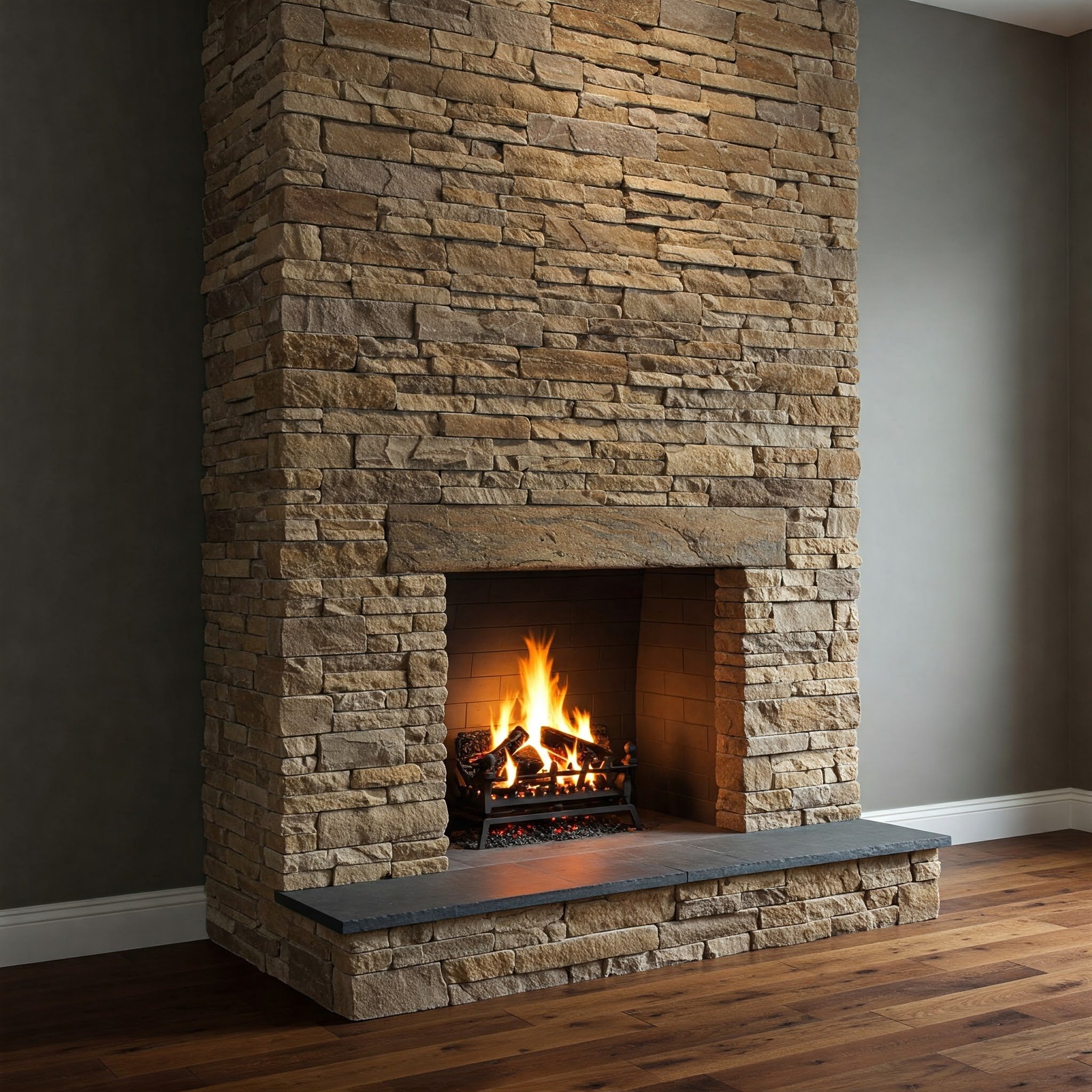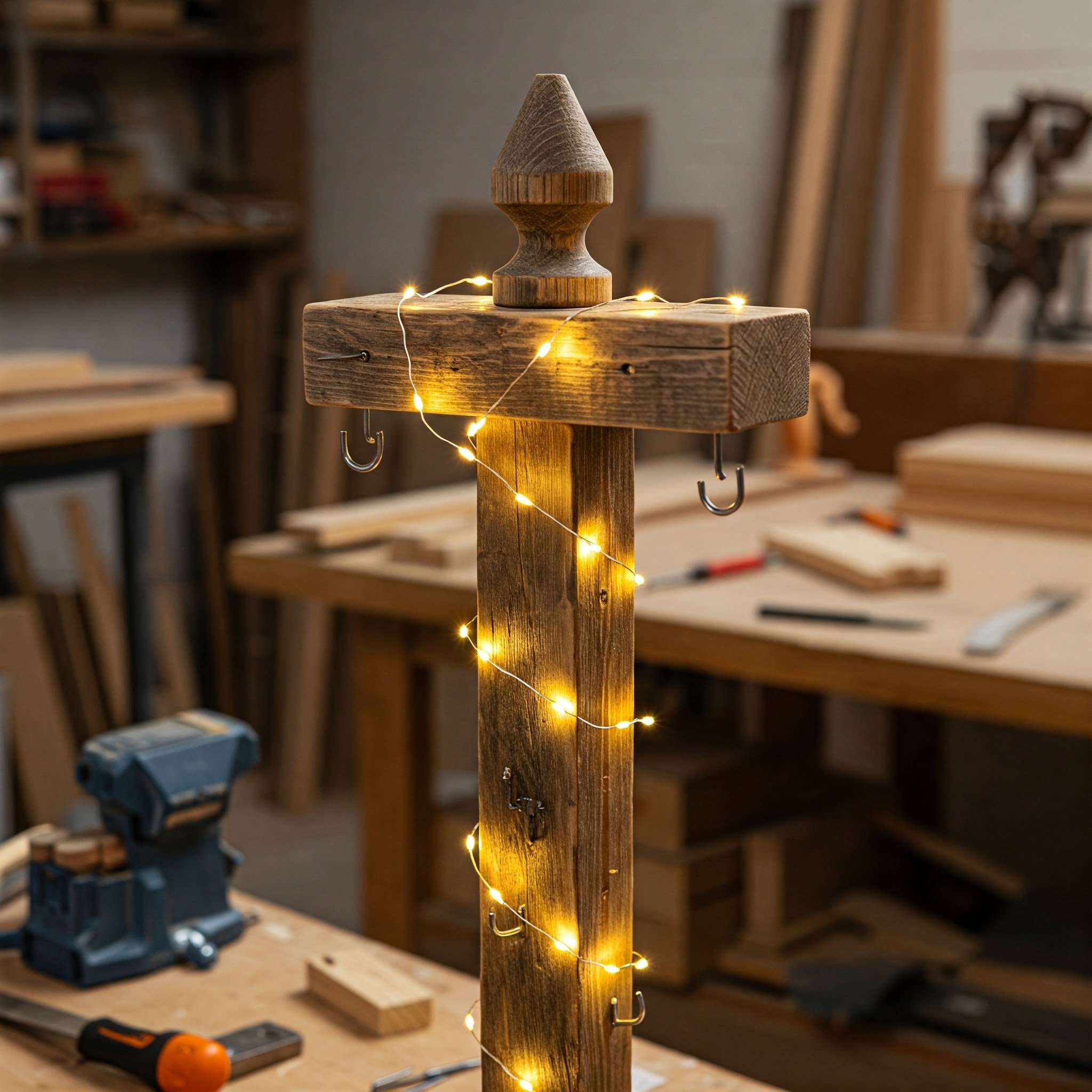How Much Does a Yard of Mulch Cost? Price Breakdown
Discover the true cost of mulch and learn how much a yard of mulch costs, including factors that affect pricing. This comprehensive guide provides all the information you need for your landscaping projects!
If you're diving into gardening or landscaping, chances are you’ve considered using mulch. Not only does mulch enhance the beauty of your garden, but it also provides crucial benefits like moisture retention, weed suppression, and temperature regulation for your plants. But before you start envisioning that perfect garden oasis, you might be wondering, "How much does a yard of mulch cost?" You’re not alone!
In this guide, we’ll break down everything you need to know about the cost of mulch, from types to delivery charges, and even how to calculate how much you’ll need. So grab a cup of coffee, settle in, and let’s dig into the "How Much Does a Yard of Mulch Cost? Price Breakdown."
1. What is Mulch?
Definition and Benefits
Let’s kick things off by getting on the same page about what mulch actually is. Mulch refers to any material applied to the surface of soil, typically to conserve moisture, improve soil fertility, reduce weed growth, and enhance the aesthetics of your garden. When it comes to gardening, mulch is like the cherry on top!
Benefits of Mulch:
Moisture Retention: Helps soil retain water, reducing the frequency of watering.
Weed Suppression: Blocks sunlight and minimizes weed growth.
Temperature Regulation: Insulates plant roots against extreme temperatures.
Aesthetic Appeal: Adds color and texture to your garden.
Types of Mulch
Mulch comes in various forms, but it generally falls into two categories: organic and inorganic. Organic mulches (like wood chips, bark, and straw) break down over time, enriching the soil, while inorganic options (like gravel and landscape fabric) don’t decompose, offering a longer-lasting solution.
2. Factors Affecting the Cost of Mulch
Understanding what influences mulch prices can save you some cash and help you make informed decisions.
Type of Mulch
The type of mulch you choose can greatly affect the price. Organic mulches like hardwood bark tend to be pricier than something like straw or shredded leaves. Here’s a quick look at some common options and their average costs:
Wood Chips: $25 - $60 per cubic yard
Cedar Mulch: $30 - $80 per cubic yard
Straw: $10 - $30 per cubic yard
Rubber Mulch: $60 - $100 per cubic yard
Location and Delivery
Location plays a big role in mulch prices. If you live in a city, you might find mulch more readily available, which can keep costs down. On the other hand, if you're in a remote area, you may face higher delivery charges.
Most suppliers charge a delivery fee that varies based on distance from the store. Always check with your local supplier to see if they offer free delivery on bulk orders!
Quantity and Size of Purchase
The more you buy, the more you save! Purchasing in bulk usually brings down the cost per cubic yard. Many suppliers offer discounts for larger quantities, so if you’re planning to mulch a whole garden, it’s worth buying more at once.
3. Average Costs of Different Types of Mulch
Now that we’ve explored the factors influencing mulch prices, let’s look at the average costs for various types. Organic mulches like bark or wood chips typically range from $30 to $50 per cubic yard. Inorganic options, such as rubber or gravel, cost more, averaging between $50 and $70 per cubic yard.
Organic Mulch
Organic mulches are fantastic for improving soil health. Here’s a quick overview of their prices:
Pine Bark: $40 - $60 per cubic yard
Shredded Leaves: $20 - $40 per cubic yard
Compost: $25 - $50 per cubic yard
Inorganic Mulch
While inorganic mulches may not improve your soil, they offer longevity and low maintenance. Here’s what you can expect to pay:
Gravel: $50 - $100 per cubic yard
Rubber Mulch: $60 - $100 per cubic yard
4. Where to Buy Mulch
When it comes to buying mulch, you’ve got options galore!
Local Garden Centers
Local garden centers typically stock a variety of mulch types, including organic options like wood chips and bark, as well as inorganic choices like rubber or gravel. Their knowledgeable staff can help you determine which mulch best suits your specific needs, whether for moisture retention, weed control, or aesthetic appeal. Prices can vary widely depending on the type and quality, so it’s smart to visit several suppliers to compare costs and options. Some garden centers also offer bulk discounts or delivery services, which can be helpful for larger projects. Shopping locally not only supports businesses in your area but also allows you to inspect the mulch quality firsthand, ensuring you get the best value and product for your landscaping needs.
Online Retailers
In today’s digital age, online shopping offers a convenient way to explore a wide range of mulch options from the comfort of your home. Many online retailers provide detailed product descriptions and customer reviews, helping you make informed decisions. You can often find better deals online than at local stores, especially with discounts or seasonal promotions. However, it’s essential to factor in shipping costs, which can add up quickly, particularly when ordering mulch in bulk. Some retailers offer free or discounted shipping for large orders, so be on the lookout for those options. While online shopping makes it easy to compare prices and products, planning ahead ensures you get the mulch you need without unexpected delivery delays or extra costs.
Bulk Suppliers
If you’re serious about gardening or tackling a large landscaping project, buying mulch from bulk suppliers is a smart move. These suppliers typically offer the best prices for large quantities, making it more cost-effective than purchasing multiple bags from retail stores. Bulk mulch is often sold by the cubic yard, and the savings can add up quickly for bigger projects. Another perk of buying in bulk is the option for delivery, which saves you the hassle of transporting heavy loads yourself. Some suppliers even offer discounts for large orders or repeat customers. Just be sure to confirm the quality and type of mulch you need, as bulk options vary. Going straight to the source ensures you get both the best value and convenience.
5. DIY Mulch Options
If you’re looking to save money, DIY mulch could be the perfect solution. Creating your own mulch is not only cost-effective but also a rewarding project that lets you recycle organic materials from your yard. You can use shredded leaves, grass clippings, wood chips, or even bark collected from pruned branches. If you have access to a chipper or shredder, processing fallen branches into mulch becomes even easier. DIY mulch helps reduce waste and keeps your garden sustainable, while giving you full control over the materials used. Plus, it’s a fun way to engage with your gardening space and customize mulch to suit your plants’ needs. With a little effort, you can create mulch that saves money and benefits your garden.
Creating Your Own Mulch
Creating mulch from yard waste is an easy and eco-friendly way to maintain your garden while saving money. Gather materials like grass clippings, fallen leaves, and shredded branches from routine yard maintenance. Let these organic materials break down over time—either in a compost pile or spread thinly across your garden beds—to create nutrient-rich, homemade mulch. Grass clippings decompose quickly, adding nitrogen to the soil, while leaves and wood chips provide longer-lasting coverage that retains moisture and suppresses weeds. If you have a chipper or shredder, processing branches becomes even simpler. This DIY approach not only reduces waste but also allows you to recycle what’s already in your yard. With minimal effort, you’ll have homemade mulch that enriches your soil and keeps your garden thriving.
Cost Analysis
While creating DIY mulch might require some initial effort, it offers long-term savings and sustainable benefits. By repurposing yard waste like leaves, grass clippings, and branches, you reduce the need to buy commercial mulch year after year. This eco-friendly practice not only saves money but also helps minimize waste by keeping organic material out of landfills. The mulch you create improves soil health, retains moisture, and suppresses weeds, making it a valuable addition to your garden. Whether you use a chipper to shred branches or let leaves break down naturally, DIY mulch ensures you make the most of what your yard produces. Over time, this approach pays off, giving you a healthier garden and a more sustainable way to manage yard waste.
6. How Much Mulch Do You Need?
Understanding how much mulch you need can save you time and money.
Calculating Yardage
A good rule of thumb is to apply 2-3 inches of mulch. To figure out how much you need, measure the area you want to cover:
Length x Width = Square Feet
Square Feet / 324 = Cubic Yards
For example, if your flower bed is 10 feet long and 4 feet wide:
10 x 4 = 40 square feet
40 / 324 = 0.123 cubic yards
So you’d need approximately 0.12 cubic yards of mulch for a 2-inch layer. Always round up to ensure you have enough!
Conversion Factors
Keep in mind that 1 cubic yard is equivalent to about 27 cubic feet. This can help you visualize how much mulch you'll need for larger projects.
Conclusion
So there you have it—everything you need to know about how much a yard of mulch costs and how to choose the right type for your landscaping needs. From understanding the factors that affect price to knowing how to calculate how much you need, you’re now armed with the knowledge to make informed decisions.
Mulch is a fantastic investment for any garden or yard, enhancing both aesthetics and plant health. Whether you choose to buy in bulk or create your own, the right mulch can transform your outdoor space into a lush, vibrant paradise. Happy mulching!
Feel free to reach out if you need further information or assistance.
Frequently Asked Questions
1. How long does mulch last?
Organic mulch typically lasts about one season, while inorganic options can last for several years before needing replacement.
2. Is it cheaper to buy mulch in bulk?
Yes! Buying mulch in bulk usually lowers the cost per cubic yard, making it more budget-friendly.
3. How much mulch do I need for my garden?
To find out how much mulch you need, measure your garden area and apply the formula provided earlier to calculate the cubic yards.
4. Can I use old leaves as mulch?
Absolutely! Old leaves can make great mulch, adding nutrients back into the soil as they decompose.
5. What is the best type of mulch for vegetable gardens?
Organic mulches, like straw or shredded leaves, are great for vegetable gardens as they improve soil quality while preventing weeds.
Stay up to date with our latest ideas!






























